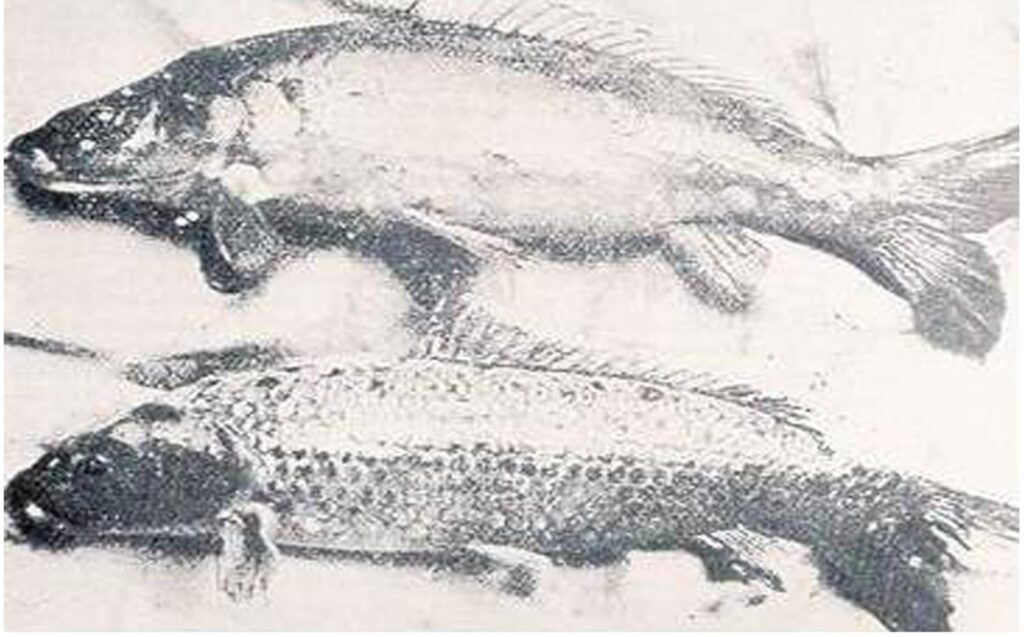
In the 37th year during the reign of the Meiji dynasty (early 20th century), another type of goldfish was introduced from Germany which was known to be scaleless. Shinnosuke Matsubara, Head of the Fisheries Department in Japan, thinks that the introduction of German carp will certainly increase the number of fish consumed in Japan.
From the results of collaboration with two German scientists, Dr. Bruno Hofer and Franz Doffline then selected 40 juvenile fish taken from a pond in the village of Earl oh Eisch in southern Bavaria. The 40 juvenile fish were then brought from Germany to Japan, but during the journey many died and only 1 Mirror Carp and 6 Leather Carp remained.
These 7 baby fish were the beginning of the scaleless koi, which were then cross-bred with local carp fish and successfully cultivated as food fish in Japan. Japanese people call the word ‘Dutch’ Doitsu (read ‘doits’). For this reason, this scaleless carp originating from Germany was given the name Doitsu Goi, ‘Doitsu’ means German and ‘Goi’ means fish.

An old photo showing a comparison of the body shapes of the German Carp and the Local Japanese Carp.
Doitsugoi first bred with koi fish (Nishikigoi) about 100 years ago. The breeder who bred Doitsugoi with Asagi was Kichigoro Akiyama in the 41st year of the Meiji emperor era (1908). This cross-breeding resulted in the new variety we know today as Shusui.
Almost all existing koi varieties have Doitsugoi blood in their genetics. The beautiful body shape of today’s modern koi would not have been possible to form genetically without being inherited from DoitsuGoi.Since DoitsuGoi is cross-bred with various other varieties of koi, it generally produces koi with 5 types of scales as follows:
1. Wagoi: Koi with normal scales
2. Leather Koi (skin koi) is a doitsu koi that does not have scales.
3. Kamigoi: Koi Doitsu koi with scales arranged in a row on the top (back).
4. Yorigoi (armored): Koi which have scales that are randomly distributed.
5. Kagamigoi: Kagami goi is a Doitsu koi with scales arranged in a straight line along the top of the body (from head to tail) and along the lateral line. Kagami goi rarely achieve perfect symmetry. However, the arrangement of scales which tends to be elongated, continuous and unbroken, is more preferred.




